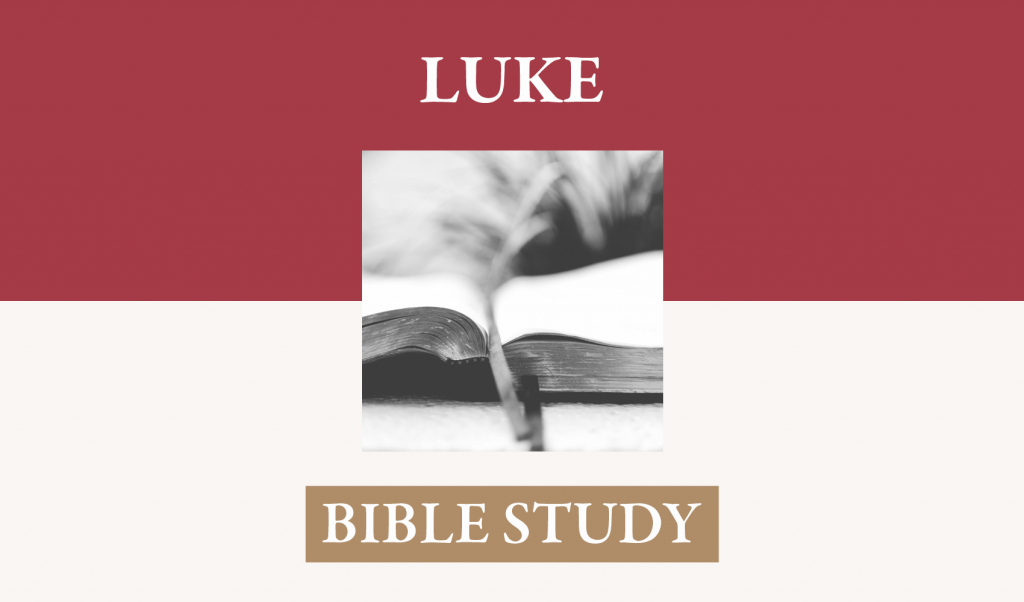I have added only a few sentences to this exposition of Luke 24 done for Easter. Since the entire chapter was covered at that time, I present it again, with the few additions.
Nexus of Truth – In accordance with the compelling purpose, structure and method of Luke, This chapter sets forth the intertwining of events in a framework designed to show the “certainty concerning the things you have been taught,” [1:4} and constitute those events Luke summarized in the sentence, “He presented himself alive after his suffering by many proofs.” [Acts 1:3] The proofs arise both from the evidence within the historical events themselves as well as the concentrated purpose of biblical revelation. It appears to have been Jesus intent to present these “infallible” proofs so that none could doubt the historical veracity of his atoning work or of his having conquered death, the sure sign of his payment for sin having been successful before hi holy Father.
His Words –“Remember How he spoke” 6, 44 – Twice in this chapter Luke records a pointing back to Jesus’ earlier words [e.g. 9:22; 13:33] to show that these events formed the substance of his purpose in coming. The angels told this to the “women that had come with his from
Angelic Testimony – 5, 6: In addition to reminding them of the words that Jesus Himself had spoken, the angels announced the plain facts. Why do you seek the living among the dead? He is not here but has risen.” Angels had been attendant at pivotal times in the ministry of Jesus. They appeared prior to his birth in announcing the event [1:11ff, 26ff and after his ascension Acts 1:10f. These appearances are always unexpected, surprising, and strike fear into the hearts of those that see them. However suspect the report of them may appear to those that merely hear a testimony of these appearances, they served to convince those that saw them and gave an almost embarrassing certainty to their testimony [see verse 11]. The person that only hears about an angel appearing to another person may think the reports borders on fantasy; those that have seen one cannot be convinced that it is anything other than real. The Christ-centered content of their messages and their clear submission to his deity and their insistence on worship of him, distinguish between true angelic messengers and those that are satanic disguised as angels of light [2 Corinthians 11:12-15; 1 Corinthians 12:1-3]
Personal Observation of Facts
Empty Tomb 2, 3, 12, 22-24 – Each of these verses records the phenomenon that the tomb indeed was empty. Luke focuses only on the effect that this had on the disciples and others that were among the mourners of Jesus’ death. Matthew records one of the possible explanations of the empty tomb in 27:62-66 and 28:12, that the disciples had come and stolen the body. The unlikelihood of this is reinforced by several considerations. They already had forsaken him in fear of death, and now were most unlikely to create a ruse that would result in their death. The disciples themselves, however, knew that they had not stolen the body and so that rumor had no sway over them other than to diminish the total possible number of explanations.
They remembered his words [8]– Whether any others did or not, at least the women remembered that Jesus had told them this would take place. The announcement of the angels with this reminder of his words, prompted this remembrance and served to seal the truth of it in their hearts. In subsequent appearances, as already pointed out, Jesus reminded his followers of his previous instructions concerning his betrayal, arrest, trial, death, and resurrection. The conforming of historical events to a previous prediction serves to give credibility to the prophet concerning his knowledge. When those events predicted are of such a radical nature [death and resurrection] and all terminate on the predictor, one would think that an extraordinary, supernatural power resides in the one that is both subject and object of these predictions.
His personal revelation of the nature of his existence –Luke does not record the appearance of Jesus to Mary Magdalene but gives an extensive narrative of his engaging two disciples in a conversation and a walk from Jerusalem to Emmaus, about seven miles in distance. They had ample opportunity to know that this was a real live human being with a body; he walked, he talked, he took his position at the table, picked up bread and distributed it. Since these two were not at the last supper with the disciples, perhaps they had been at the places that Jesus had broken bread to feed both the 5000+ and the 4000+. When he appeared to the gathered disciples, the eleven plus others [36-39], he appeared and pointed out the reality of his body and ate fish with them. This was evidence of a truly physical resurrection.
Palpability and evidence of wounds 39, 40 –When Jesus appeared to them he showed them his hands and feet, probably indicating that the wounds he received now were healed but still visible as former wounds. John 20:20 records that he also showed them his side. He had them to touch him [39 compared with John 20:26-28]
Consumption of food – 41-43 Not only did his external appearance show every evidence of a real body, but his ability to chew and swallow food, that was not merely a spirit, showed that his interaction with the material world was real. He ate with them in another appearance that John records in John 21. On that occasion Jesus himself fixed the meal.
O. T. Witness 25-27, 44-47
1. On the long walk to Emmaus, Jesus gave a lesson in biblical interpretation to those two disciples and he showed them that the unity of the entire Scripture depended on a proper understanding of his suffering death, and his resurrection to life. From the entrance of sin into the world with its penalty of death, the necessity of sacrifice from the time of Adam forward until its establishment as an official part of the Jewish pattern of worship until his own sacrifice of himself, now culminating with the overcoming of death, He showed them the meaning of Scripture and why all these events were necessary.
2. When Jesus appeared to the assembled disciples, including the two from Emmaus that had immediately returned to Jerusalem when they realized that they had seen the crucified but now risen Jesus, he not only demonstrated the real physical nature of his resurrection state, but began to draw them to see that his words to them prior to the recent events in Jerusalem had been an ongoing commentary on the scriptural predictions about the Messiah [45, 46].
Necessity of Passion and Resurrection
Must 7, 26, 44 –
1. All of these things must be fulfilled because they were prophesied in Scripture which cannot fail.
2. They must take place because they are necessary for God not to deny Himself, for the promise of God to Himself cannot be broken. If he promised eternal life before the ages began {Titus 1:2] then the promise was made within Himself. In 2 Timothy Paul affirms, by revelation, that saving grace was give to us “in Christ Jesus before the world began.” A grace given prior to creation means that Christ received the assignment on behalf of those given to Him by the Father to bear their iniquity [Isaiah 53:4-10]
3. These things were necessary, for the nature of things morally as God’s character overrules all of creation, eternal life can come only to those that owe no debt of wrath for their disobedience to God’s law. Christ grants eternal life as being its author through the perfections of his own obedience and his substitutionary death.
Nature of His work
Humiliation – His incarnation in itself was an act of humility but this was intensified to an infinite degree by his dying the just for the unjust.
Exaltation – “Enter into his glory” [26]. This is not only the original glory of his intrinsic and natural fellowship with the Father, but the earned glory as the Messiah, the one anointed as prophet priest and king. “But we see him who for a little while was made lower that the angels, namely Jesus, crowned with glory and honor because of the suffering of death.” [Hebrews 2:9] “After making purification for sins, he sat down at the right hand of the Majesty on high, having become as much superior to angels as the name he has inherited is more excellent than theirs.” [Hebrews 1:3, 4] “even death on a cross. Therefore God has highly exalted him and bestowed on him the name that is above every name” [Philippians 2:8-9]
Its connection with Proclamation 44, 49
Proclamation is the re-enactment of the historical events Fundamentally, the proclamation incumbent on us is the reporting of the news, the infinitely good news, that death and all its causes and effects have been overcome by the work of Jesus Christ, the Messiah. 46-48
Proclamation involves the interpretation of the “mustness” of these things [review the ideas of necessity as discussed above]
Proclamation always moves to repentance and Faith. [47]
Hope – For all who embrace him in his completed work for forgiveness and trust only in the acceptability of his work, there is forgiveness and eternal life.
Warning – Where there is no repentance, the love of sin remains; where the love of sin remains, all of its consequences are also embraced.
D. Proclamation arises from true joyful worship and depends on the energizing and effectual operations of the Holy Spirit – 49-53, Note that both of these are assumed in the messengers of the gospel. Joy in forgiveness and a deep sense of the worth of Christ are essential internal qualifications for an effective witness. No matter, however, how attractive one’s exuberance might be, hard hearts will not be made receptive and blind eyes will not be made to see apart from the creative operations of the Spirit.






















